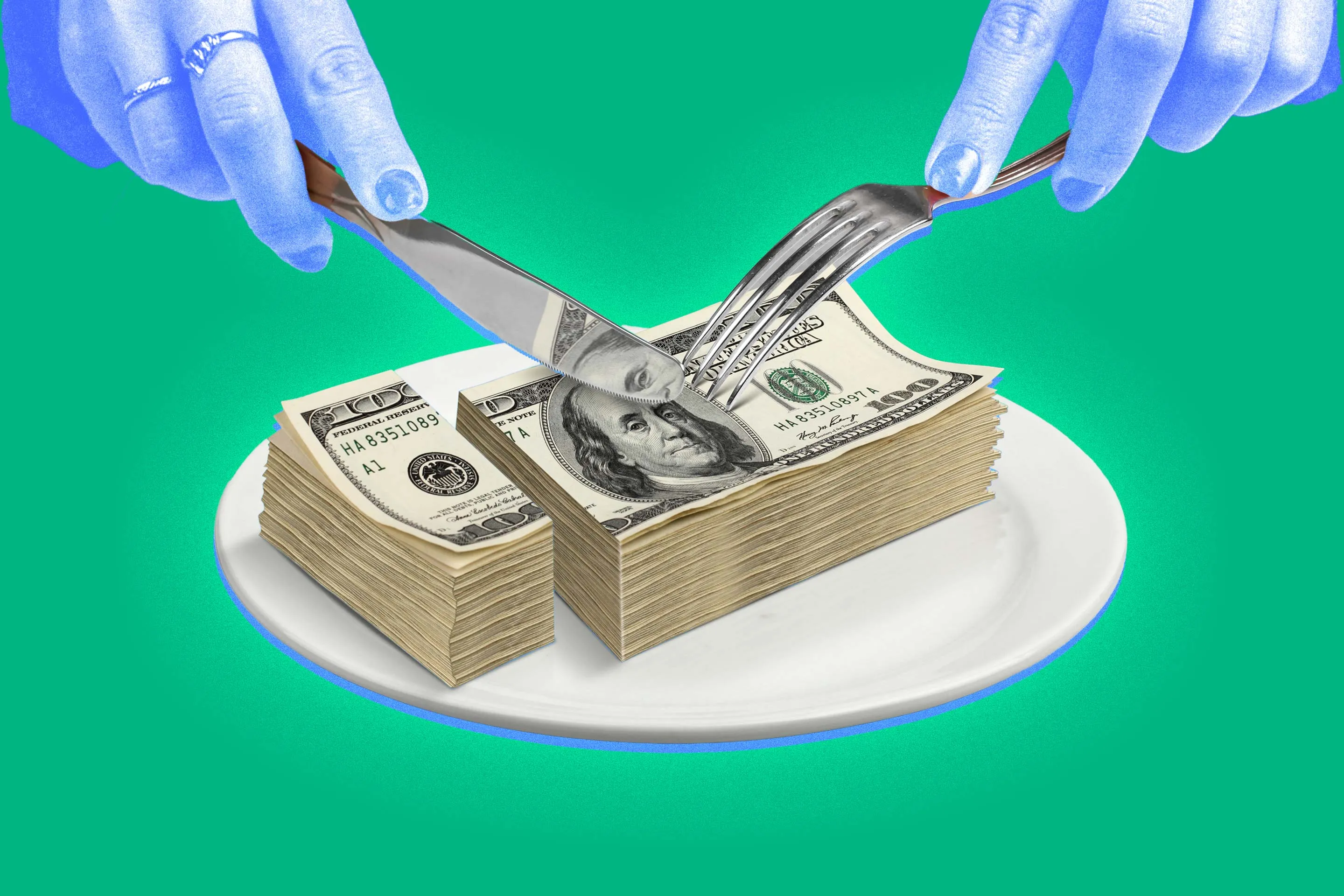The Internal Revenue Service announced new tax plans for 2025 on Tuesday. Growth is lower than in the past few years as inflation has fallen.
The average change across tax brackets is 2.8%, meaning the income threshold that determines how much you pay in tax will rise slightly. In other words, when the new tax brackets take effect in January, millions of workers could see their paychecks increase slightly as more of their income will be taxed in lower brackets at lower rates.
Under our graduated income tax system, your marginal tax rate, or what you’ll pay for an extra dollar of income, is determined by your tax bracket.
For the 2025 tax year—the taxes most people will pay at the beginning of 2026—most filers will take the $15,000 standard deduction, meaning they won’t pay tax on that first portion of income.
After that, there are seven tax rates ranging from 10% to 37% that correspond to income thresholds.
For example, a 12% rate applies to taxable income (after deductions) between $11,925 and $48,475. This target has been adjusted from the 2024 range of $11,600 to $47,150. Even if you earn more than this amount, you will pay a rate of 12% on your taxable income in this range.
Only a tiny fraction of Americans need to worry about the highest tax bracket, which carries a tax rate of 37%. In 2025, this rate will apply to taxable income of $626,350 or more for individual filers, up from $609,350 the previous year.
IRS Announces New Tax Brackets and Standard Deduction for 2025
The IRS adjusts tax brackets each year in the fall and also changes other tax provisions and the standard deduction. In total, the IRS is making changes to more than 60 tax provisions for 2025.
Tax bracket changes are essentially inflation adjustments designed to ensure that Americans’ effective (or average) tax rates don’t increase simply because their wages rise as prices rise.
According to the latest CPI report for September, inflation fell to an annual rate of 2.4%. However, the tax bracket adjustments are slightly higher because they are based on inflation calculations for an earlier period using a different inflation index.
Your effective tax rate will be different from your maximum tax rate because your first few thousand dollars of income are taxed at 10%, then 12%, and so on. Here are the full 2025 tax brackets for single filers:
- 10%: From 0 to 11,925 US dollars
- 12%: From 11,925 to 48,475 US dollars
- 22%: From 48,475 to 103,350 US dollars
- 24%: From 103,350 to 197,300 US dollars
- 32%: From 197,300 to 250,525 US dollars
- 35%: From 250,525 to 626,350 US dollars
- 37%: $626,350 and up
How much will the standard deduction increase in 2025?
For single filers, the standard deduction will increase to $15,000, an increase of $400 from the current amount of $14,600.
The standard deduction for married couples filing jointly is twice that for single filers: $30,000. This is $800 more than the previous year. The standard deduction for heads of household will be $22,500 (an increase of $600).
Not everyone takes the standard deduction. Depending on your finances, you may be able to itemize your deductions to potentially save money. more than the standard deduction, but this became quite rare after the standard deduction was increased a few years ago.
For more information on the latest inflation adjustments, visit the IRS website.
More money:
Top 5 Companies for Tax Benefits 2024
Don’t Make This Costly 401(k) Mistake When Changing Jobs
How Trump’s Social Security Tax Elimination Plan Would Actually Work
